Sisal carpeting is a type of flooring made from the natural fibers of the sisal plant. The sisal plant is a succulent that grows in semi-arid regions, such as Mexico, Tanzania, and Brazil. The fibers are extracted from the plant’s leaves and then spun into yarns that are used to make carpets.
Benefits of sisal carpeting:
Sisal carpeting has several benefits, including:
Durability and Sustainability:
Sisal carpet is a very strong and durable natural fiber that can withstand heavy foot traffic and wear and tear. Sisal carpets have a long lifespan and are resistant to shedding and matting. Sisal is a renewable and biodegradable resource, making it an environmentally friendly flooring option. The sisal plant requires minimal water and pesticides to grow, making it a low-maintenance crop.
Hypoallergenic and Aesthetics:
Sisal does not trap dust, pollen, or other allergens, making it a good choice for people with allergies or respiratory issues. It is also resistant to mold and mildew. Sisal has a natural, textured look that can add warmth and character to a room. It comes in a range of neutral colors and can complement a variety of decor styles.
Sound absorption and Low static:
Sisal carpets absorb sound and reduce noise levels, making them a good choice for high-traffic areas or rooms with hard flooring surfaces. Sisal carpets have a low static charge, which means they are less likely to attract dust and dirt. Overall, sisal carpeting is a durable, sustainable, and hypoallergenic flooring option that can add natural texture and warmth to any room.
What are the drawbacks of sisal carpeting?
While sisal carpeting has many benefits, it also has some drawbacks, including:
Staining: Sisal is prone to staining, especially from liquids, so it may not be the best choice for households with young children or pets.
Water damage: Sisal can be damaged by water, so it should not be used in areas with high moisture levels, such as bathrooms or basements.
Cost: Sisal carpeting can be more expensive than other flooring options, such as synthetic carpets or hardwood floors.
Rough texture: Sisal can be rough on bare feet and may not be as comfortable to walk on as other carpeting materials.
How do you clean and maintain sisal carpeting?
To clean and maintain sisal carpeting, follow these tips:
Vacuum regularly: Use a vacuum cleaner with a rotating brush to remove dirt and debris from the carpet fibers.
Spot clean spills immediately: Sisal is prone to staining, especially from liquids, so it’s important to clean up spills immediately. Blot spills with a clean, dry cloth, and then use a carpet cleaner specifically designed for sisal carpets.
Avoid moisture: Sisal can be damaged by water, so avoid using too much moisture when cleaning the carpet. Do not steam clean or wet clean sisal carpets.
Protect from direct sunlight: Sisal can fade in direct sunlight, so it’s best to protect it from direct exposure to the sun. Use curtains or blinds to prevent direct sunlight from hitting the carpet.

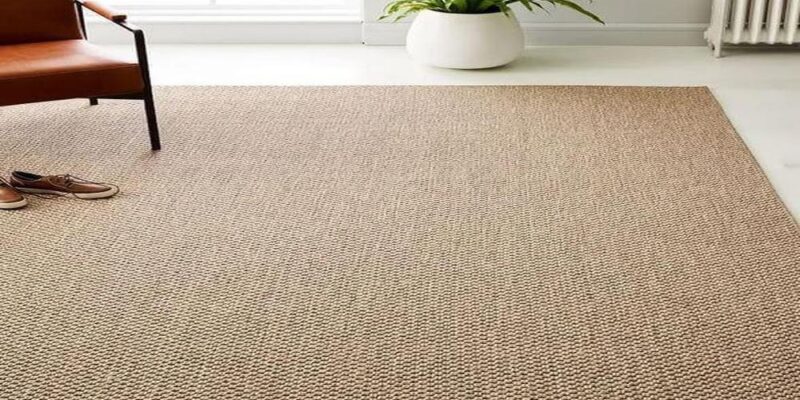

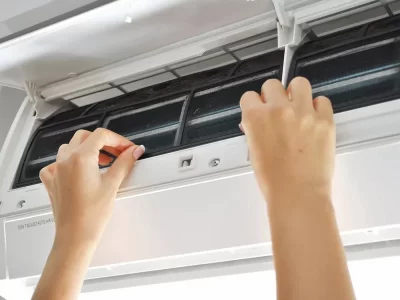
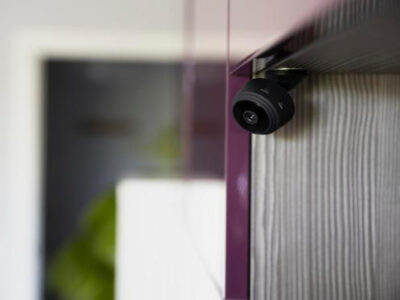
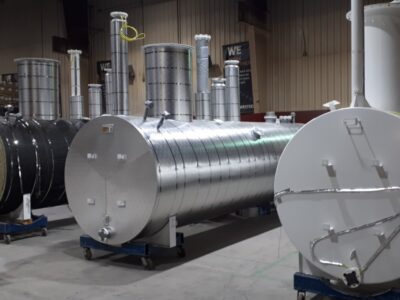
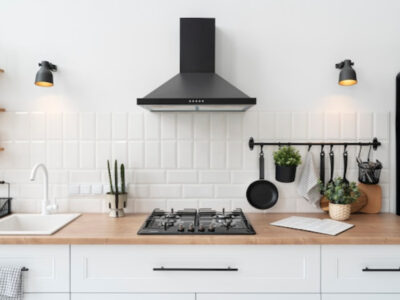












Comments